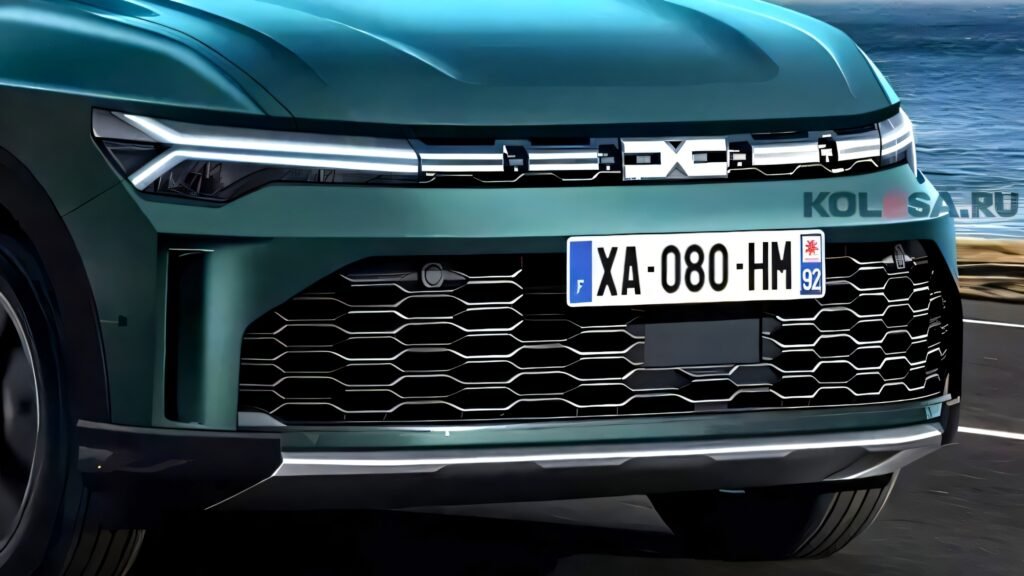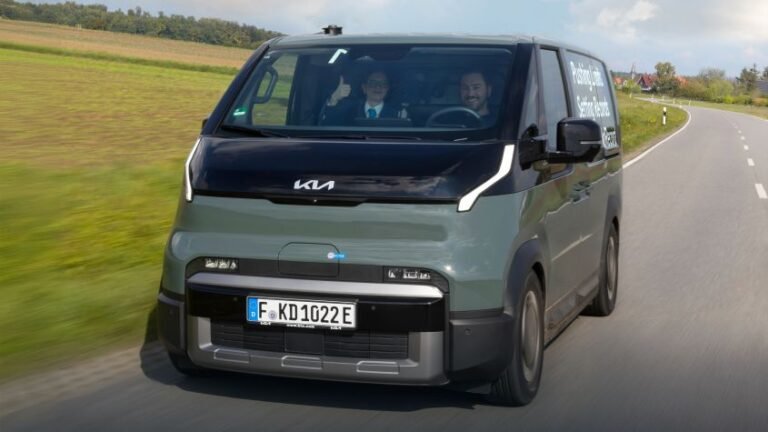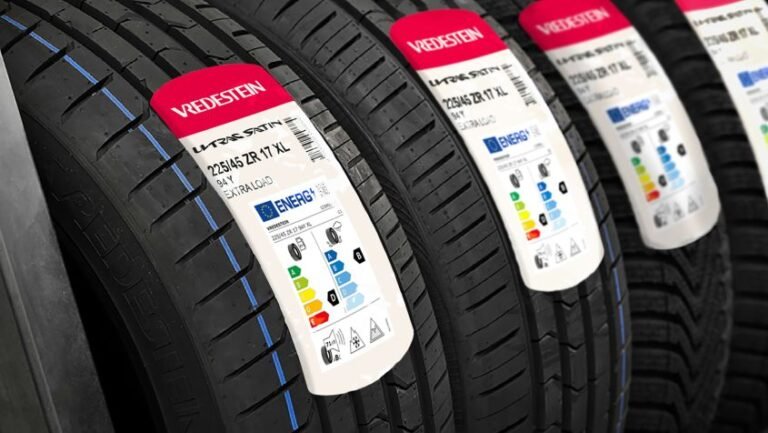

- Next-gen Sandero is expected to debut in 2028 with new styling.
- Renderings show slimmer lights, sharper lines, and a taller profile.
- Dacia may add a hybrid setup pairing petrol and electric power.
Earlier this month, Dacia gave the Sandero and Sandero Stepway another round of updates, marking the second facelift in just three years. The move keeps the lineup fresh for a little longer, but this is likely its final polish before an all-new generation arrives in 2028.
The renderings published by Kolesa aim to predict what the next Sandero might look like in Stepway form, though the regular hatchback should share most of its cues.
The design appears more contemporary than the current facelift, though it’s debatable whether it’s actually an improvement.
Read: Dacia’s Budget Stars Just Got A Serious Glow-Up
Since Dacia hasn’t yet started public testing, these digital sketches are purely speculative. Even so, they offer a glimpse of where the next Stepway might be heading.
The front end introduces slimmer headlights framed by thin daytime running lights, a black lower grille, and neat vertical air curtains that clean up the airflow and sharpen the face.
Overall, we don’t mind the front. However, the design of the sides is a little odd. Whereas the current model has soft curves and flared arches at the front and rear, the Sandero depicted here has straighter lines, somewhat reminding us of the Kia Tasman, and we all know how controversial the design of it has proven to be.


No matter what the production version looks like, the 2028 Sandero and Sandero Stepway are expected to carry over familiar powertrain choices.
Entry-level models should continue with the 1.0-liter TCe turbo triple producing 110 hp, while the 1.2-liter version, tuned to around 120 hp, is also likely to return.
There’s also growing talk of electrification. Reports suggest that the current Stepway may soon gain a hybrid option, and the next generation will almost certainly follow.
The setup would pair a 1.8-liter naturally aspirated petrol engine with an electric motor and a compact 1.4 kWh battery, for a combined output of about 155 hp.




